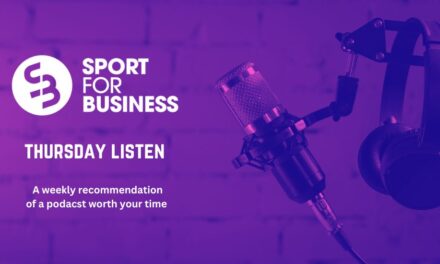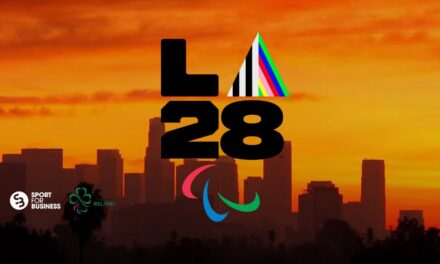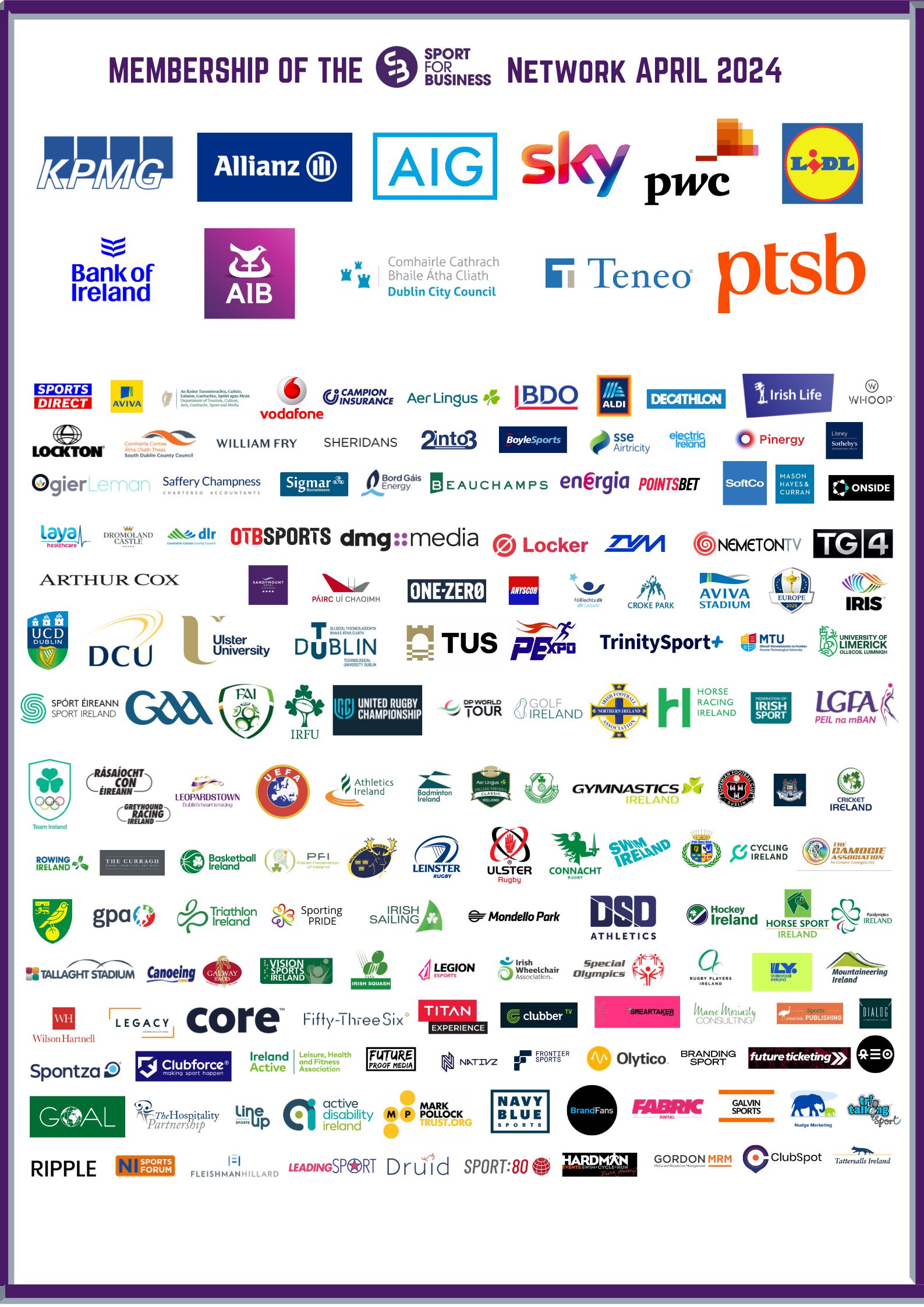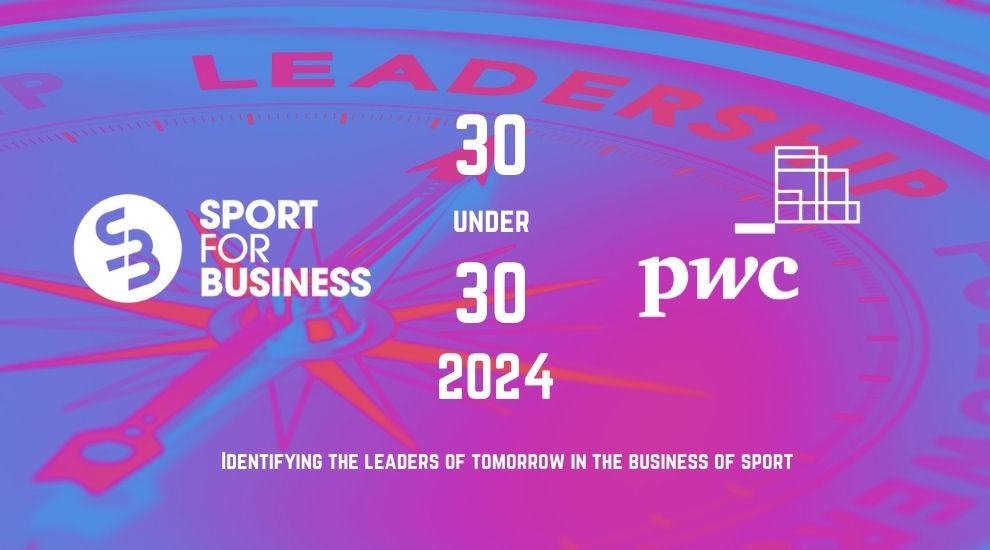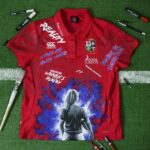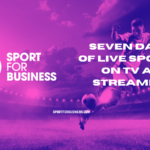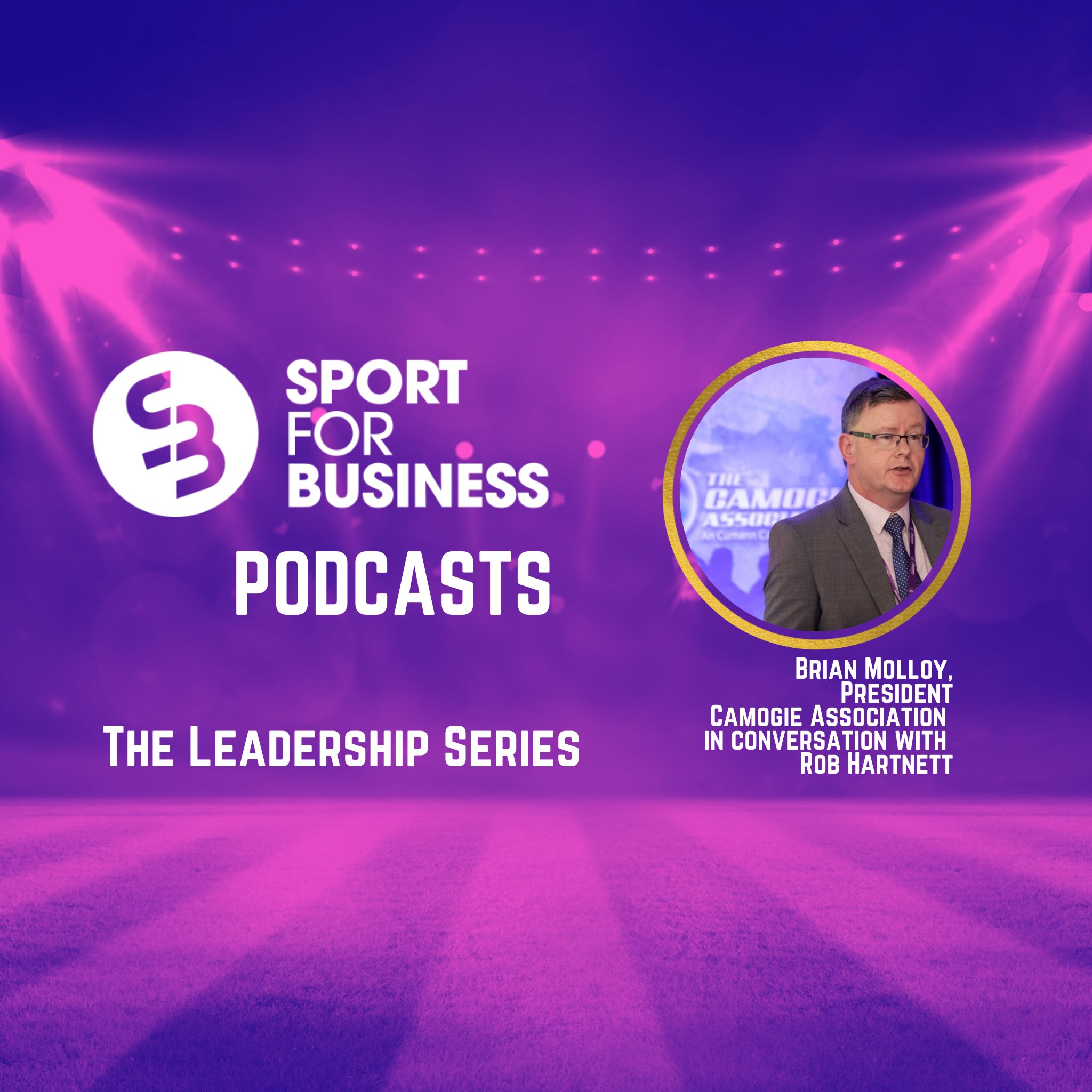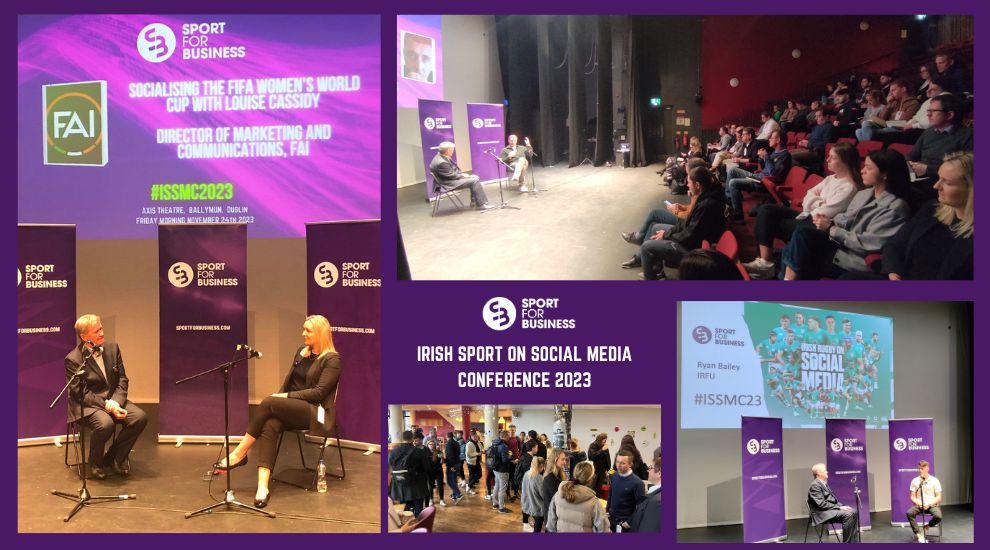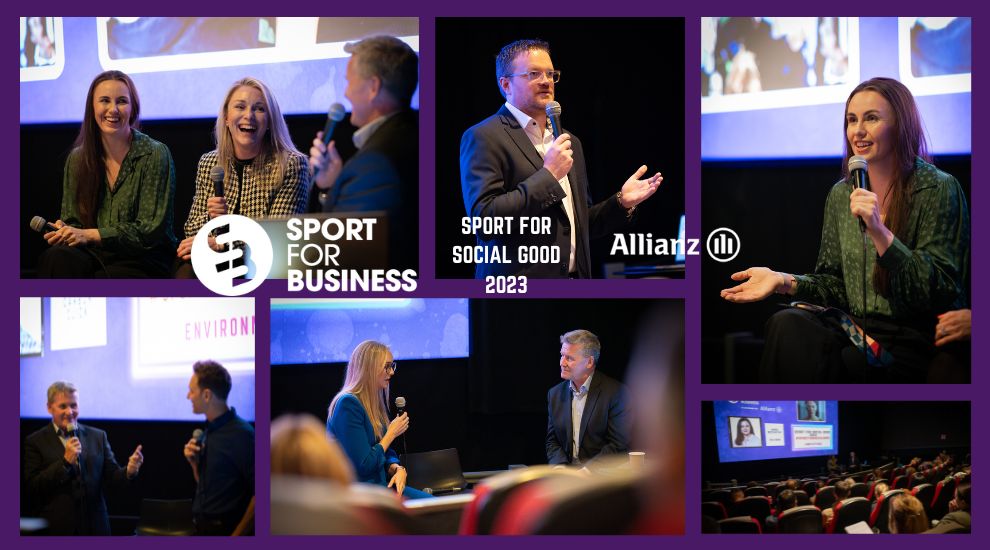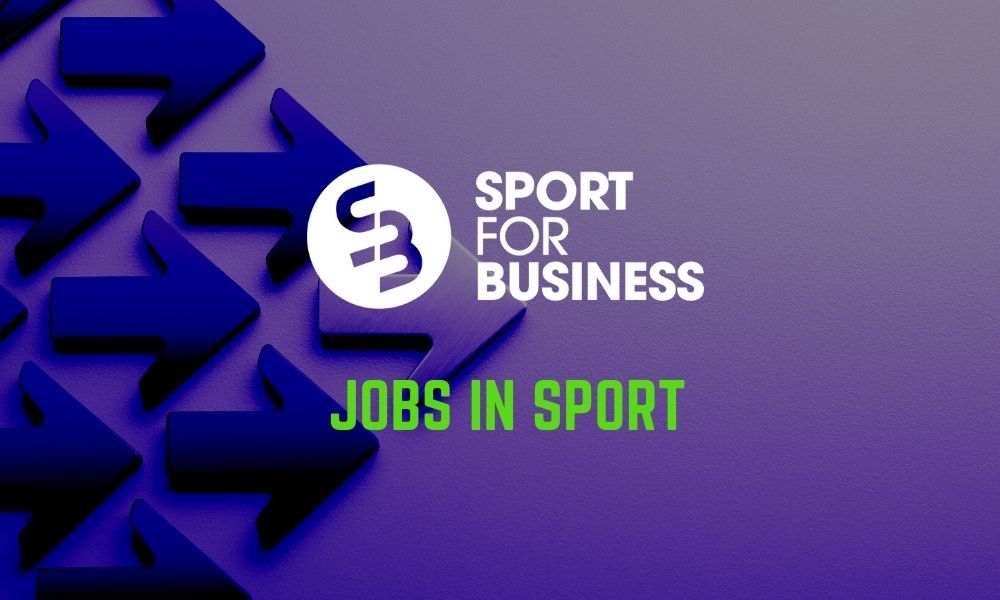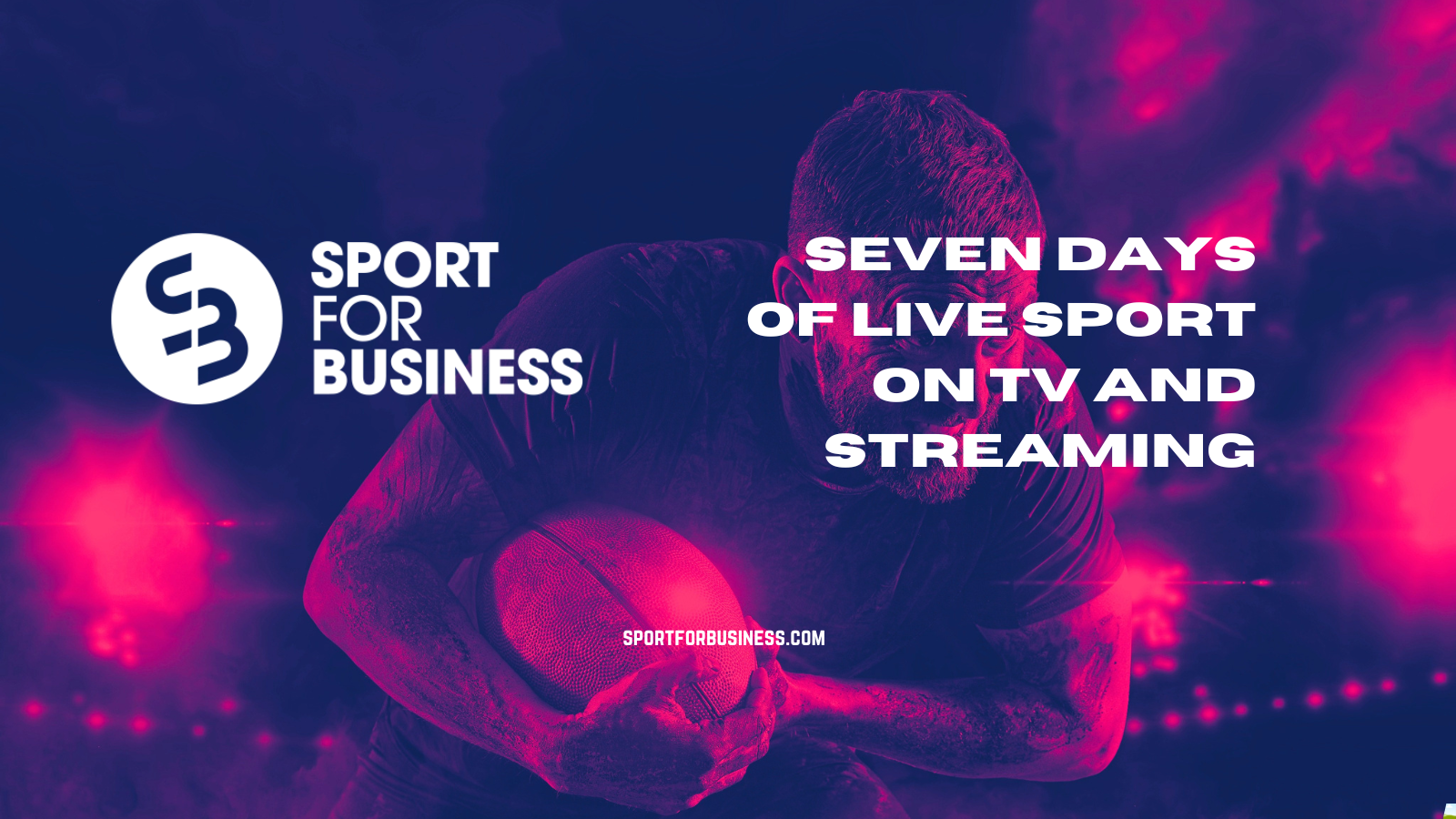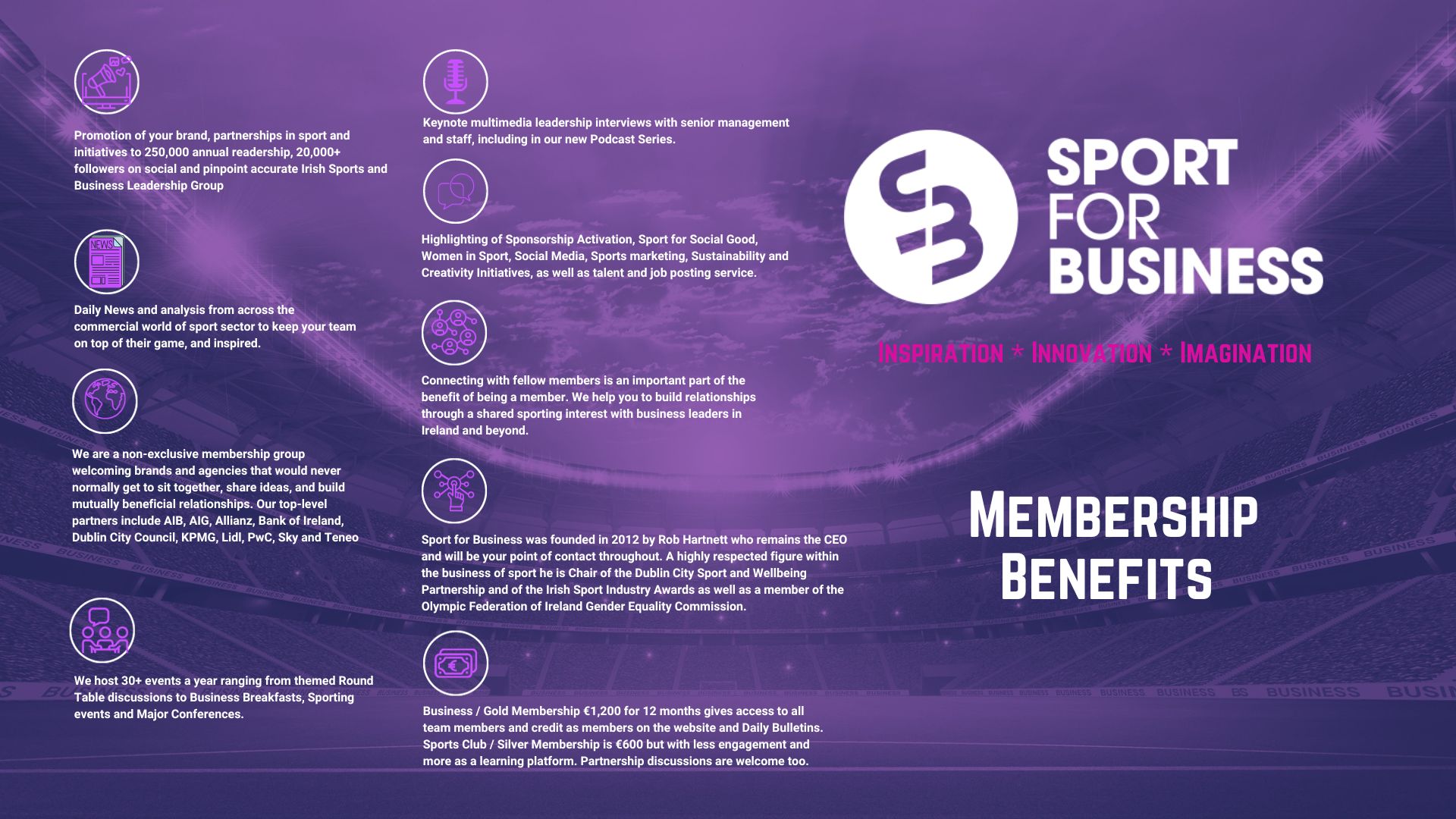Welcome to the eighth article in our Sports Economy series.
Gender Equality: What can we learn from Sweden?
Often considered a role model in egalitarianism, Sweden exhibits a strong degree of gender equality across social, political and economic landscapes. This article discusses the Swedish sport sector and the gender equality domains where Ireland currently lags Sweden.
45% of ‘sport leaders’ and 55% of total sport employment in Sweden are female. How did they get there?
Female suffrage occurred in Ireland and Sweden at approximately the same time, during the late 1910’s and early 1920’s. In the background, Sport played a role in women’s emancipation across the world as female pioneers in long-distance walking, swimming, cycling and circus-woman celebrities (such as trapeze artists and strongwomen) helped demonstrate that women have physical capabilities which could be extrapolated into other areas of empowerment.
In the second main wave of female emancipation of the 20th century, in the 1960’s and 1970’s when neo-feminism was born, sporting demonstrations of female empowerment again played a significant role, such as for example Billie Jean King beating Bobby Riggs in the ‘battle of the sexes’. It was in this period that gender equality in Swedish sport and society, began advancing at a more rapid rate vs the rest of Europe.
During the 1970’s various Swedish labour and social reforms concerning gender equality occurred. Separate income taxation for wife and husband made it more advantageous for both partners to work. The public welfare system started offering to all affordable public child and elderly care facilities and in 1974 Sweden became the first country in the world to introduce a gender-neutral paid parental leave benefit.
Public Investment in Sport
These reforms took place against a backdrop of public investment in sport. In 1969, the Swedish government embraced sport as a means of improving the health and wellbeing of the entire population at a time when sport funding was typically reserved for elite sport only. The “Sport for All” policy led to a huge increase in financial support to sports movements, outdoor pursuits and keep fit activities.
The investment in non-elite sport, together with wider demands for equality, thereafter resulted in an increased number of women becoming involved in Swedish sports clubs.
Like in many other countries football, in particular, became part of a broader movement for gender equality. Formidable pioneers such as Oxaback Women’s Football club, for example, helped convince the Swedish Football Association, the media, and the public that their ambition to play football was legitimate and helped secure administrative and financial support for women’s football in Sweden, not just on the local and regional scene but ultimately at national and international level.
A rural village of only 900 inhabitants in South Sweden was an unlikely location for one of the nation’s best women’s football teams however their success can be attributed to a supportive local community – husbands of players for example regularly looked after children and also organised the fan club – and various ‘sportification’ methods such as serious training and diligent record keeping.
An inquiry entitled “Women’s football in Sweden” in 1972 led to the integration of women’s football into all parts of the Swedish Football Association (SvFF). Although the Ladies Football Association of Ireland, as they were called at the time, was formed in and around the same time, in 1973, it was not until 1991 that the (currently named) Women’s Football Association of Ireland became affiliated to the Football Association of Ireland.
Challenging stereotypical media
Early media coverage of women’s football in Sweden focused on the players as women, mothers, and focused on appearances, however Oxaback helped challenge this. Even prior to being administered by the Swedish Football Association they maintained detailed records so that sports media had access to results and goalscorers, and coverage of Oxaback’s success in the 1970’s and 1980’s gradually changed. Several newspapers employed reporters who specialized in reporting on women’s football writing straightforward and serious articles.
In the following years, Swedish media coverage of sport continued to exhibit biases and gender differences regarding both quantity and type of sport coverage but many examples can be found that serious coverage of women’s sport was taking root. A Nordicom study for example found that during the Turin Winter Olympics of 2006 Swedish newspapers represented female hockey players as serious athletes and portrayal of female hockey players was similar to male players.
In countries where gender equality in sport is most evident relatively high degrees of equality exists across all social, political and economic landscapes. Progress within one of these spheres alone is likely to be slower without parallel progress in the others. By disaggregating the 2020 Gender Equality Index into its individual domains and sub-domains we can identify the current gender equality gaps between Ireland and Sweden.
The 2020 index, which is based on 2018 data, is calculated from the differences between women and men on six performance measures – work, money, knowledge, time, health and power. Sweden ranked in first place in the EU for five of the six measures.
Ireland lags Sweden most significantly in the domains of ‘Power’ and ‘Time.’
‘Power’ measures gender equality in decision-making positions across political, economic and social spheres. As per 2018, ‘Political power’ was almost gender balanced in Sweden with female share of ministers, members of parliament and members of regional assemblies 52%, 46% and 48% respectively. In Ireland, the female share for the same three sub domains was only 21%, 24% and 24%.
Female decision-makers in Ireland averaged 25% across the two ‘economic power’ sub-domains while Sweden averaged 36%.
For ‘social power’ Ireland scored well and relatively similarly to Sweden for share of board members of research funding organisations and publicly owned broadcasting organisations with the Irish female share of both indicating gender balance. However, Ireland significantly lagged Sweden on the 3rd social gender diversity sub-domain – ‘sport.’ As we saw in the last article of this series Sweden was 1st for gender equality in this definition of ‘sport leadership’ – represented by the share of members of highest decision-making body of National Olympic Sports Organisations – with a percentage of 45%. The Irish percentage was 19% which despite appearing low was good enough for 8th place in the EU. In Sweden, female share of total sport employment, as opposed to female share of sub-categories eg. skilled, unskilled, professional, administration, chief executives etc, in 2019 was 54% vs 41% for Ireland.
‘Time’ measures gender inequalities in allocation of time spent doing care and domestic work and social activities.
In Sweden women and men are currently entitled to 480 days of paid parental leave (16 months) per child. Ninety of those days – 3 months – are reserved for each parent and cannot be transferred to the other. In Sweden, a similar percentage of men (27%) and women (29%) cared for and educated their children or grandchildren, elderly or people with disabilities, every day whereas in Ireland the difference between males and females carrying out these tasks was quite large (44% of females and 30% of males).
In Ireland, the percentage of men who cooked or did housework on a daily basis was less than half that of women (48% vs 89%) whereas the percentages were much closer in Sweden (74% female & 56% male). 40% of Irish female workers did sporting, cultural or leisure activities outside of their home, at least daily or several times a week vs 48% of Irish men. In Sweden the percentages were again closer, with 51% of Swedish women engaged in weekly sport/culture/leisure activities vs 55% of Swedish males.
Deep rooted equality
In conclusion, gender equality is deeply rooted across Swedish society, politics and economics and within sport policy gender equality is a prioritized area of interest. Furthermore, Sport in Sweden is strongly supported by the state both politically and economically. In 2018 general government expenditure on recreation and sport in terms of Euro spend per inhabitant was €258 for Sweden (2nd only to Luxembourg in EU) while Ireland was in 18th place at €64 per head of population.
The Gender Equality index identifies that Ireland significantly lags Sweden in terms of the share of female political, economic and social decision makers and in the allocation of time.
We learn from Sweden that it is possible to be much more successful in generating sports gender equality than we have been hitherto. It is time for an active, urgent and better resourced sports gender equality approach in Ireland. Sport Ireland’s Women in Sport Policy was launched in 2018 to put the plan and strategy in place to do just that. It’s goal of significantly improving gender equality in Irish sport will require buy-in from all corners of the sector. Furthermore, success will not exclusively be a function of sport specific policy and action but will also benefit from society wide efforts across all sectors of business, politics and society specifically in the domains of time and power.
Dive Deeper into our Sports Economy Series

Sport for Business Partners



